Interview: Photographer Pieter Hugo
The artist on South African identity, colonial legacy and the impact of Instagram on art

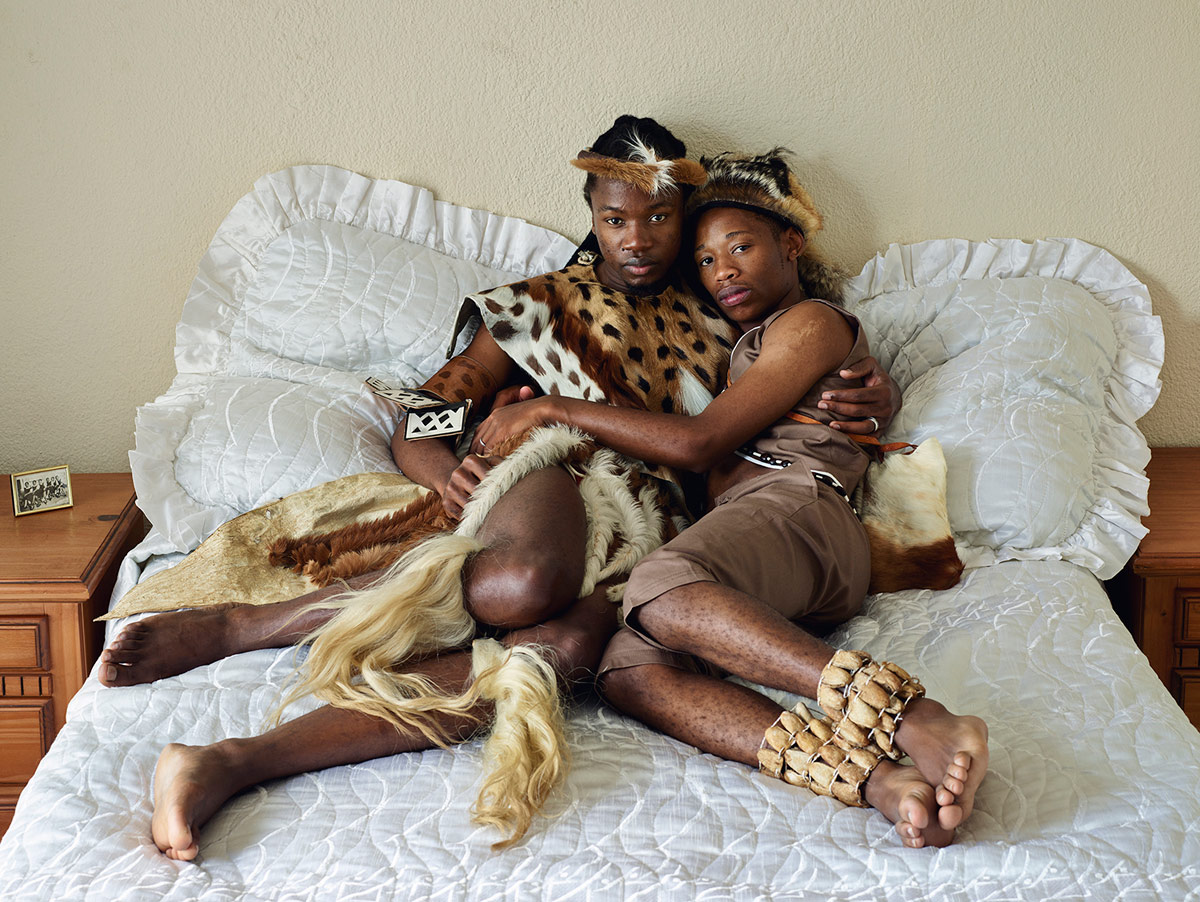
When Nelson Mandela formally stepped into office as South Africa’s first democratically elected president in 1994, it marked a new era of hope and reconciliation for the vibrant if not fractured nation. While the transition of power from apartheid to majority rule wasn’t without serious conflict, it’s an often-cited success story in transitional justice. Today South Africans of all ethnicities are afforded equal freedoms under the law, but the legacy of systematic racism persists. Born in Johannesburg and now based in Cape Town, photographer Pieter Hugo‘s raw, subversive documentary work around the continent has captivated the world over.
“The Hyena & Other Men” brought Hugo to Nigeria’s urban peripheries, documenting a culture of traveling performers and medicine peddlers that incorporate domesticated hyenas, baboons and snakes into their acts. Meanwhile, “Nollywood“—also shot in Nigeria—exposed the darker side of Nigeria’s sprawling film industry. His latest work however sees Hugo turn his lens to his own culture—contemporary South Africa. “Kin” dives deep into the fault lines that run through the social fabric of the country, with Hugo examining his own place in what he calls, “the failure of the South African colonial experiment.” We recently caught up with Hugo to discuss his new work, creative process and how social media is influencing photography.
Your latest work in “Kin” is far different from previous series like “The Hyena & Other Men” and “Nollywood.” Can you tell us about this departure?
About six years ago my wife was pregnant with our first daughter. I started getting really anxious about living in South Africa. And up to that point I guess I’d been living life as a somewhat itinerant artist, with no kind of a fixed abode, really. Suddenly I had to, I guess, put roots down and make the conscious decision about having a home…building a home and almost having a new family. It brought up all these incredible insecurities about what it means to live here. That’s what was preoccupying me at the time, and if that’s what’s on my mind, that’s what I should be looking at as an artist.
Are the insecurities you mentioned referring to inequality in South Africa?
It’s a combination of things. I think if you’re a white South African, you have a certain amount of baggage—historical baggage—but particularly being white. You have a kind of legacy of apartheid that’s so big. It’s so pervasive. It’s everywhere. In a way this work is about coming to terms with the fact that I’m part of this narrative in some way or another.
These kinds of questions of, “How do you live in this place?”—in such a schizophrenic and fractured society. Then of course, the issue of history, I mean I’ve seen the historical narrative in South Africa rewritten and I don’t agree with either version. I saw not the one that I grew up with and not the one that’s being presented to me now.

Do you feel the one being presented to you now is not representative of the country?
No, I don’t feel it is. I think the kind of narrative that’s being put forward is very flawed, deeply flawed. Then of course there’s this picture of history. How much responsibility do you have to this sense of entitlement that I’ve gotten being white, even though I’m not directly responsible for this. That’s the nature of history, unfortunately; children bear the consequences. Before I was married and before having kids, I was aware of these issues, but they didn’t personally affect me. Then suddenly they did.
There’s a divide between those who have and those who don’t and it’s just getting bigger and bigger. And I wonder how sustainable it is.
I kind of set out to try and resolve some of these issues for myself. If anything—six, seven years down the line—I’m even more confused than I was beforehand. I think something that’s happening in South Africa is emblematic of what’s happening in the rest of the world. There’s a divide between those who have and those who don’t and it’s just getting bigger and bigger. And I wonder how sustainable it is. It’s essentially class differentiation, but in South Africa class differentiation is also race-based.
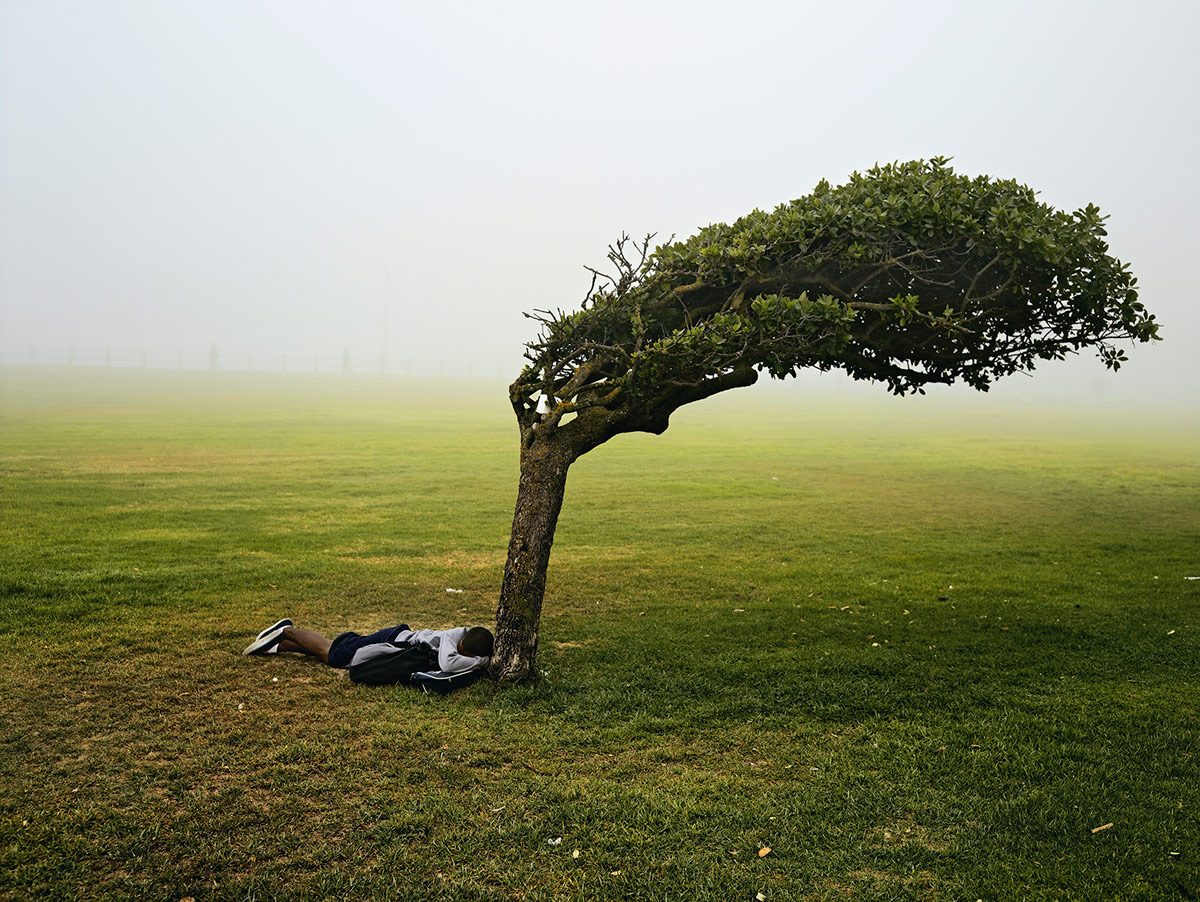
In terms of your creative process—whether it’s a book or a single photograph—how do you approach each project?
It varies. This project developed very organically. I sort of found myself noticing, at some stage, that I was just photographing my family. South Africa came into it purely out of curiosity and a desire to look at it. Then I realized, well shit, this is my next project and it developed into that.
Often my work comes out of responses from images I see in the media that provoke me in some way or another. Which is how “The Hyena & Other Men” and “Nollywood,” and “Permanent Error” started in Rwanda, with the pictures of the genocide. The series, “There’s a Place in Hell for Me and My Friends” started out when I had a malignant skin tumor that I had to have removed. I was investigating this and I came across a type of forensic photographic technique that I found interesting and that I thought applied to the kind of colonial experience.
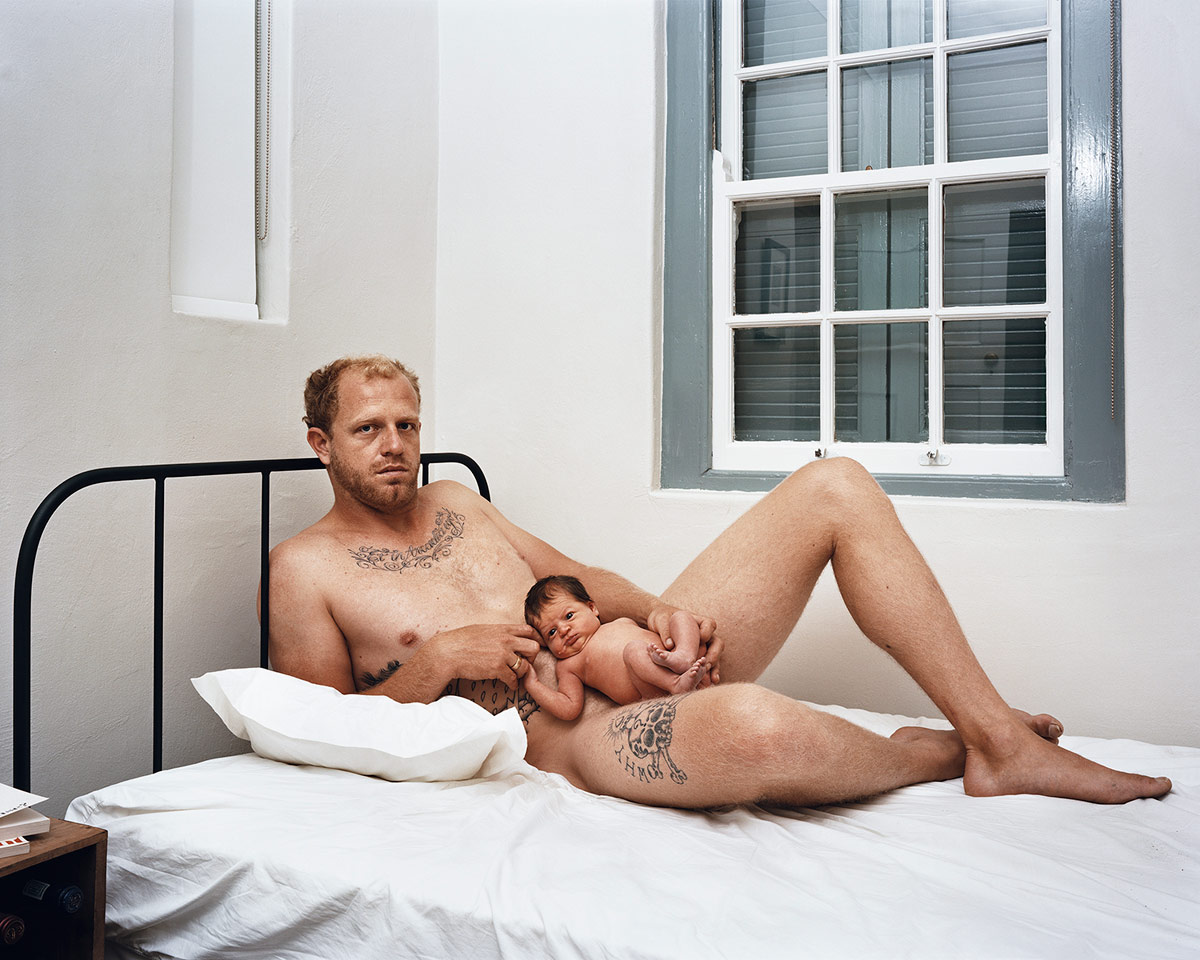
These things develop organically. Now I’m in Rwanda, busy photographing with a project there. It’s a resolution to ten years of work that I’ve been doing there. Then I’m off to Berlin to do a fashion shoot [laughs]. I do a fashion or advertising shoot once or twice a year. I like doing it, I like doing it. It’s just—it’s different than what I normally do and it keeps me on my toes.
Was photography always part of your life plan?
Initially I worked in the film industry on commercials and movies—working as a scenic and prop master, doing some art direction. I didn’t really enjoy it very much. Then I switched to becoming “a photographer.” I was happy to just be a photographer, even though I didn’t know what kind of photography I wanted to do. I initially worked at newspapers, then I moved more to magazine documentary, kind of long form work. I like to think of it as slow journalism work. Then at some stage I started getting very frustrated with the vocabulary that journalism offered. I felt like I wanted to dig a bit deeper into my craft. That’s I think what I’m doing now.
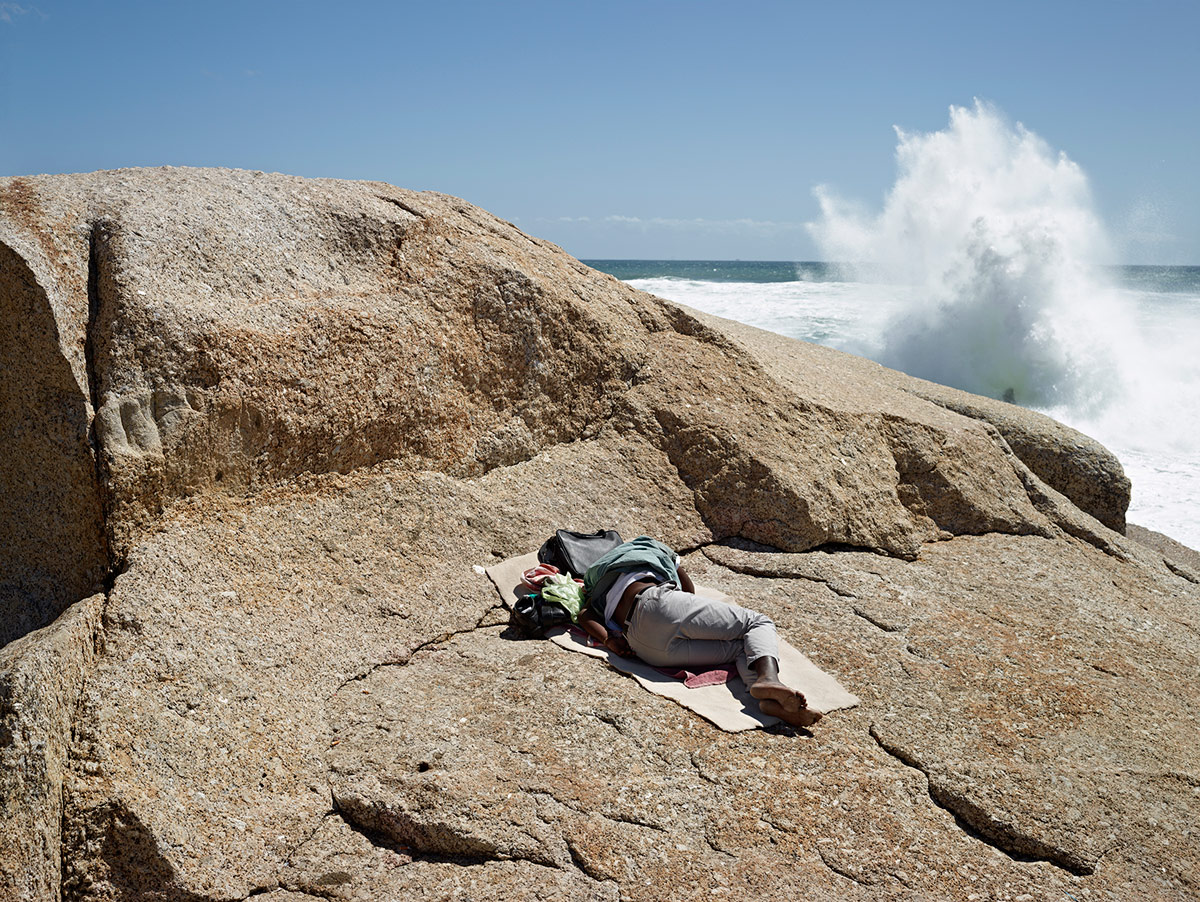
Do you have any mentors in South Africa that you feel lead you that way? The Bang-Bang Club comes to mind.
No not really. I’d say David Goldblatt was definitely a big influence. I worked at Colors magazine for a long time, and Adam Broomberg and Oliver Chanarin were there at the same time. The whole Colors magazine period that was a big influence.
I thought that my career as an artist expressed a certain facet, a more serious facet of my personality, and social media gave me a space to explore a more humorous macabre side. But the populism of it I found bothersome, problematic.
How have social platforms like Instagram and Tumblr influenced the craft of photography?
That’s interesting. I had an Instagram account that was very successful and then suddenly I started getting approached by people like Time Life Books to write about my Instagram account. And I use social media—which I’ve totally left, I’ve completely left it now—initially as a device to do research and also to do something humorous. I thought that my career as an artist expressed a certain facet, a more serious facet of my personality, and social media gave me a space to explore a more humorous macabre side. But the populism of it I found bothersome, problematic. I visually see how the aesthetic has started seeping into art. I can see Instagram filters are—you kind of see practicing artists or photographers going to art school now thinking that’s the kind of palettes that they have to use.
Well, that’s just what the world looks like at the moment. You know, when you look at photographs from the ‘70s—when you look at Kodachrome—that’s what the world looked like then. That’s the palette we looked at the world through, and of course it actually influences the way we read our environment, so it has a profound effect on us.
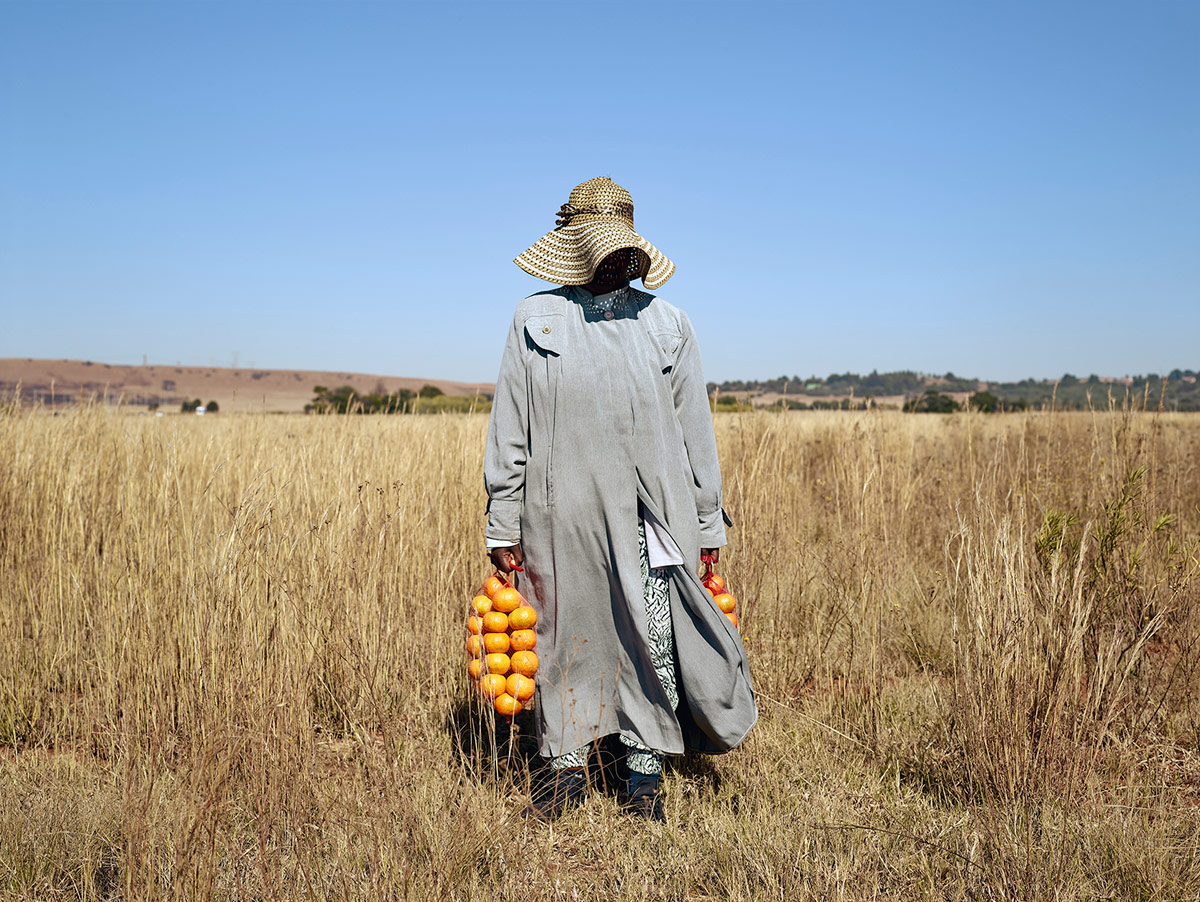
The problem I have with Instagram or Facebook is the same problem I have with newspapers having comments sections open to anyone to leave a comment, and it tends to be the lowest common denominators who use it. It tends to be trolls and people full of vitriol. I don’t feel that I ever I get anything that’s contributed to the argument in the comments sections, and I guess I’ve started feeling the same with social media. I don’t really see how it’s contributing, in a positive way, to my life. Except maybe as a marketing tool and that part of it doesn’t really interest me, habitually self-marketing myself.
What advice would you give to a young photographer who’s interested in this kind of slow journalism that blurs the line between documentary, social commentary and art?
Well, I think it’s important to understand that you are living in kind of a post-documentary era and that sometimes just being curious isn’t enough. I think you have to understand that you have to be able to make work that expresses something new. That comes through investigation and hard work. You have to just keep chipping away at it. I think it’s about being committed. It’s kind of hard to do it as a hobby [laughs]. You have to immerse yourself in it. And always take the good advice [laughs].
Pick up Hugo’s latest title “Kin” via Aperture for $85.
All images copyright Pieter Hugo courtesy of Stevenson, Cape Town/Johannesburg and Yossi Milo, New York.












